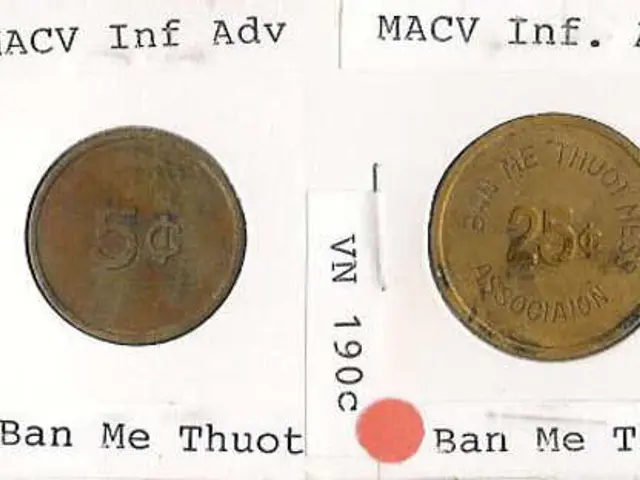Julia: The High-Performance Data Language Released in 2012
Julia, a high-performance programming language designed for data manipulation and analysis, was released in open-source in February 2012. It aims to address the scalability and performance issues faced by popular languages like R and Matlab when handling large datasets.
Julia's developers, including John Myles White who spoke at the Statistical Programming DC Meetup group, sought to create a language that combines the speed of C, the usability of Python, the statistical capabilities of R, and the power of Matlab for linear algebra. Unlike its predecessors, Julia optimizes computations based on different data types, reducing the need for users to remember specialized functions.
Julia promises to enable physicists and economists to work more quickly and at larger scales than ever before. Its efficiency is attributed to being built from the ground up, with most of its code written in Julia itself. An extensive summary of its capabilities can be found in the core developers' summary paper. However, some skeptics question Julia's ability to match the value added by the vibrant communities supporting R and Python.
Julia, released in 2012, offers a high-performance solution for data manipulation and analysis. It aims to overcome the scalability and performance issues of popular languages like R and Matlab. While it promises significant advancements, its ability to replace these established languages remains a topic of debate among the programming community.
Read also:
- Web3 social arcade extends Pixelverse's tap-to-earn feature beyond Telegram to Base and Farcaster platforms.
- Germany's Customs Uncovers Wage, Immigration Violations in Hotel Industry
- U.S. & China Agree to Temporary Trade Truce, Easing Tariffs
- FKS Inspections Uncover Wage, Security, and Employment Violations in Hotel and Catering Industry








